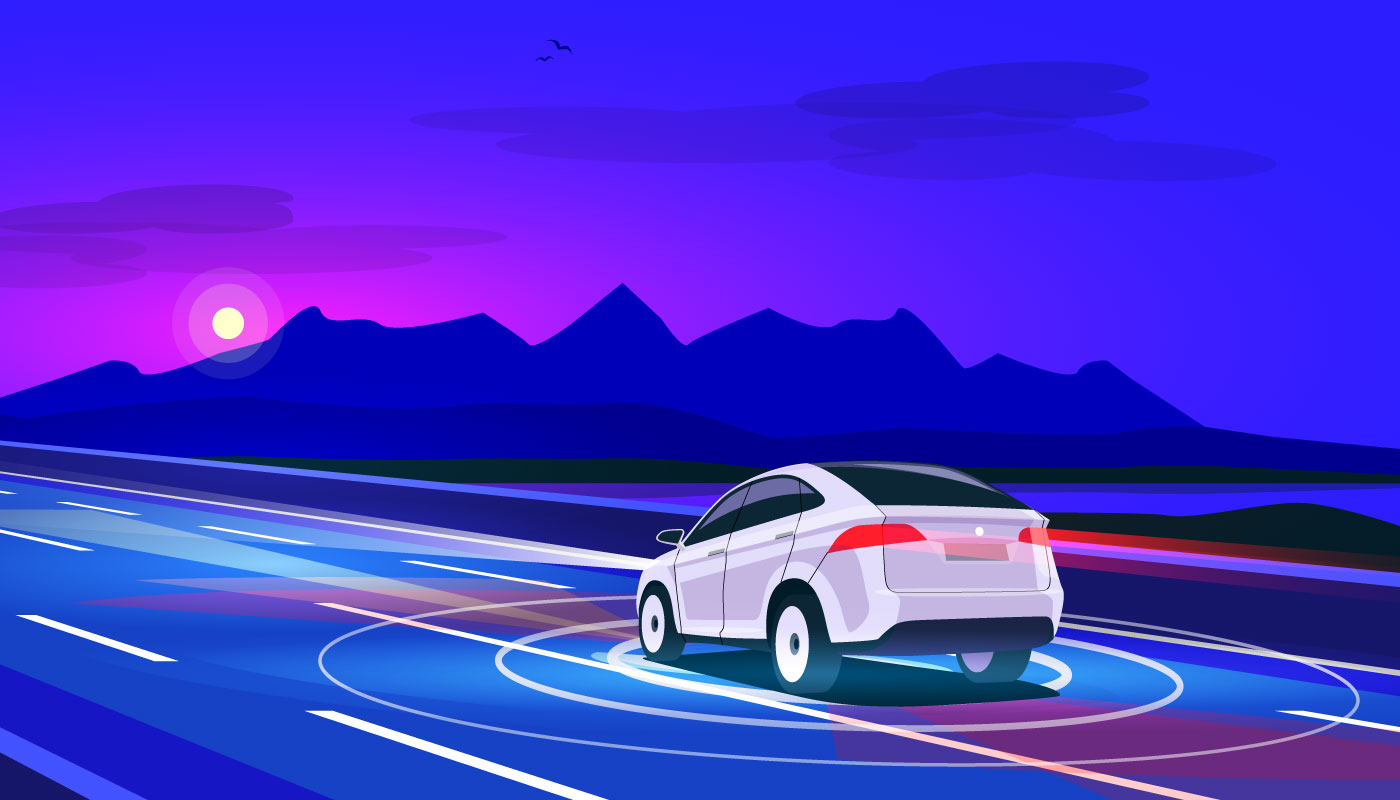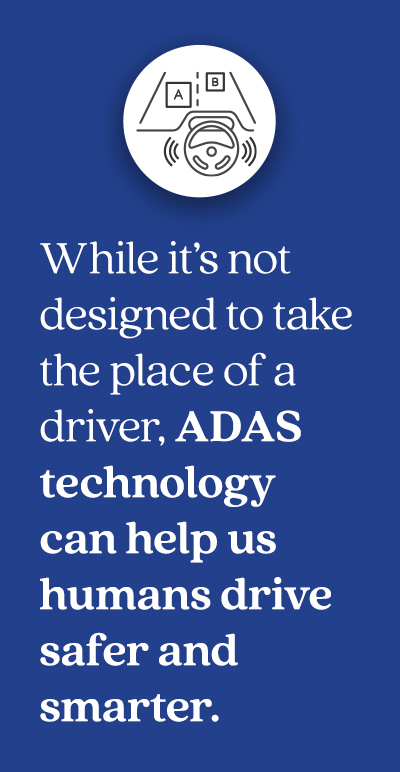Spooked by Autonomous Vehicles? Here's What You Should Know
Read about autonomous vehicles, advanced driver-assistance systems and research from AAA.
 iStock
iStock
Cruising alongside autonomous vehicles (AVs) might one day be the norm, but the fear and anxiety of sharing the road with them are a reality today.
In an annual survey on automated vehicle technology conducted by AAA automotive research, individuals were asked how they feel about AVs. The data revealed that 68% of people are afraid of AVs, representing a sharp increase from the 55% who responded the same way in 2022.
Regarding the 13% spike in AV apprehension, Greg Brannon, director of AAA automotive research, says the survey responses could correlate with the number of high-profile crashes involving over-reliance on existing vehicle technologies.
There may also be confusion about what an autonomous vehicle actually does. The survey showed that one in 10 people believe that AVs can drive 100% independently, even allowing a driver to take a nap while on the road. In reality, this level of automation (which is technically designated as Level 5 automation by the Society of Automotive Engineers, or SAE) is currently unavailable to consumers.
There is also misunderstanding about the differences between AVs and advanced driver-assistance system (ADAS) technologies.
Have you gotten a ticket? Or, wanting to sharpen your driving skills? Take a AAA Driving Safety Class.
Learn More >>What does ADAS tech do?
DAS describes any high-tech tool used by a vehicle to minimize human error and promote road safety. Some of the ADAS technologies available include:
- Adaptive cruise control: May monitor your car’s acceleration and braking to keep you at a safe speed, distance and position in relation to other cars. Some may even bring your car to a complete stop when necessary.
- Automatic emergency braking: May apply the emergency brake if a crash is bound to happen. Depending on the vehicle, the AEB may apply itself while the car is moving forward as well as in reverse.
- Blind spot warning: May alert you to any other vehicles in your blind spots on either side of your vehicle.
- Driver-monitoring systems: May help keep tabs on you as the driver. One way it may do this is by monitoring eye and head movements to determine if you’re nodding off to sleep.
- Lane departure warning: May issue a warning sound or signal if your car drifts over the marked road boundaries, such as painted lines or raised pavement markers.

Apprehensive drivers might take comfort in the fact that these ADAS features are becoming standard with most new vehicles. While they’re not designed to take the place of a driver, ADAS technology may help us drive safer and smarter.